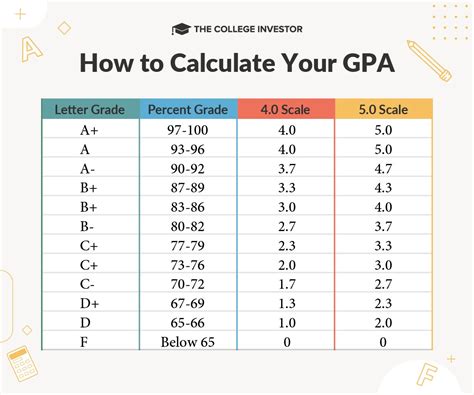Introduction

STEM (Science, Technology, Engineering, and Mathematics) courses are notoriously challenging, and their impact on your GPA can be significant. However, many STEM classes employ a grading system known as “curving,” which can help boost your overall GPA.
What is Curving?
Curving is a method of adjusting grades to ensure that the class average falls within a desired range. In STEM classes, the curve is typically set to a target grade point average (GPA), such as 3.0. This means that the professor adjusts the raw grades of each student so that the overall class GPA meets this target.
How Curving Benefits Your GPA
If the raw grades in a STEM class are below the target GPA, the professor will curve the grades upward. This means that your final grade may be higher than your raw grade. For example, if your raw grade is a 78% and the class is curved to a 3.0 GPA, your final grade may be adjusted to a B (80%).
Factors that Influence Curving
Not all STEM classes are curved. The decision to curve a class is made by the professor and is typically influenced by the following factors:
- Class Average: If the class average is significantly below the target GPA, the professor is more likely to curve the grades.
- Student Performance: If a large number of students in the class are struggling, the professor may consider curving the grades.
- Difficulty of the Material: If the course material is particularly challenging, the professor may curve the grades to ensure that students are not penalized for taking a difficult class.
Common Mistakes to Avoid
While curving can be beneficial to your GPA, there are some common mistakes to avoid:
- Assuming you will pass: Curving is not a guarantee of a passing grade. It is still important to study hard and perform well in the class.
- Reliance on curving: Do not rely solely on curving to boost your GPA. Focus on learning the material and improving your overall academic performance.
- Ignoring the syllabus: The syllabus will typically indicate whether a class is curved and the target GPA. Be sure to review the syllabus carefully.
FAQs
1. What is a typical target GPA for STEM classes?
The target GPA for STEM classes is typically 3.0.
2. Is curving always used in STEM classes?
No, curving is not always used in STEM classes. It is up to the professor to decide whether to curve a class.
3. Can curving negatively impact my GPA?
No, curving cannot negatively impact your GPA. If the class is curved, your final grade will be either the same as your raw grade or higher.
4. What should I do if I am concerned about my GPA?
If you are concerned about your GPA, talk to your professor or a academic advisor. They can provide you with guidance and support.
5. How can I prepare for a curved class?
The best way to prepare for a curved class is to study hard and perform well on all assignments and exams. This will help you ensure that your raw grade is as high as possible.
6. What are some tips for succeeding in STEM classes?
- Attend class regularly.
- Take good notes.
- Study regularly.
- Seek help from your professor or a tutor when needed.
- Join a study group.
- Get a good night’s sleep before exams.
- Eat a healthy diet.
- Exercise regularly.
Conclusion
Curving can be a valuable tool for boosting your GPA in STEM classes. However, it is important to remember that curving is not a substitute for hard work and good study habits. By following the tips above, you can increase your chances of success in STEM classes and achieve your academic goals.
